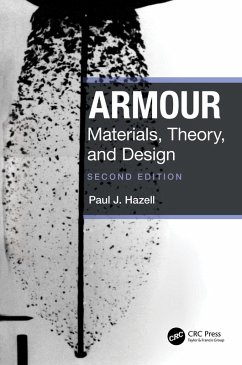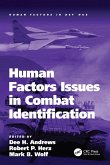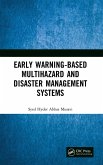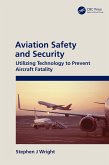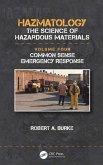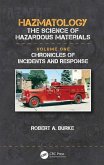Introducing a wide range of armour technologies, the book is a key guide to the technology used to protect against both blasts and ballistic attacks. Chapters cover bullets, blasts, jets and fragments, as well as penetration mechanics. The new edition builds on the previous one, discussing ceramics and metallic materials as well as woven fabrics and composite laminates. Detailing modern technology advancements, the second edition has also been expanded to include improved explanations on shock mechanisms and includes significantly more figures and diagrams.
An essential guide to armour technology, this book outlines key ways to implement protective strategies applicable for many types of conflict.
Dieser Download kann aus rechtlichen Gründen nur mit Rechnungsadresse in A, B, BG, CY, CZ, D, DK, EW, E, FIN, F, GR, HR, H, IRL, I, LT, L, LR, M, NL, PL, P, R, S, SLO, SK ausgeliefert werden.
Professor Mark Stewart, University of Technology Sydney
This work is a one-stop, up-to-date resource for everything one needs to know to design, select, utilize and test an armour, and it is truly a treasure trove of details and data that greatly enrich[es]... understanding of these extremely challenging, advanced engineered systems. I am not familiar with any competing book that provides the same level of detailed and comprehensive information on the subject, and it is therefore very highly recommended.
Professor Paolo Colombo, Universita di Padova
Paul Hazell's second journey into the complex world of armour is a well-received addition to his already comprehensive first edition, a must for all engineers at any stage of their career, myself included! The welcome addition of the computational methods chapter ensures this book stays at the forefront of armour design resources. His expertise, passion, and wealth of knowledge is reflected in these pages, with an ease of reading only a teacher who understands both the topic and the students studying it could achieve. I have recommended the first edition to my own students and will enthusiastically continue to do so with the release of the second edition.
Professor Tuan Ngo, University of Melbourne

